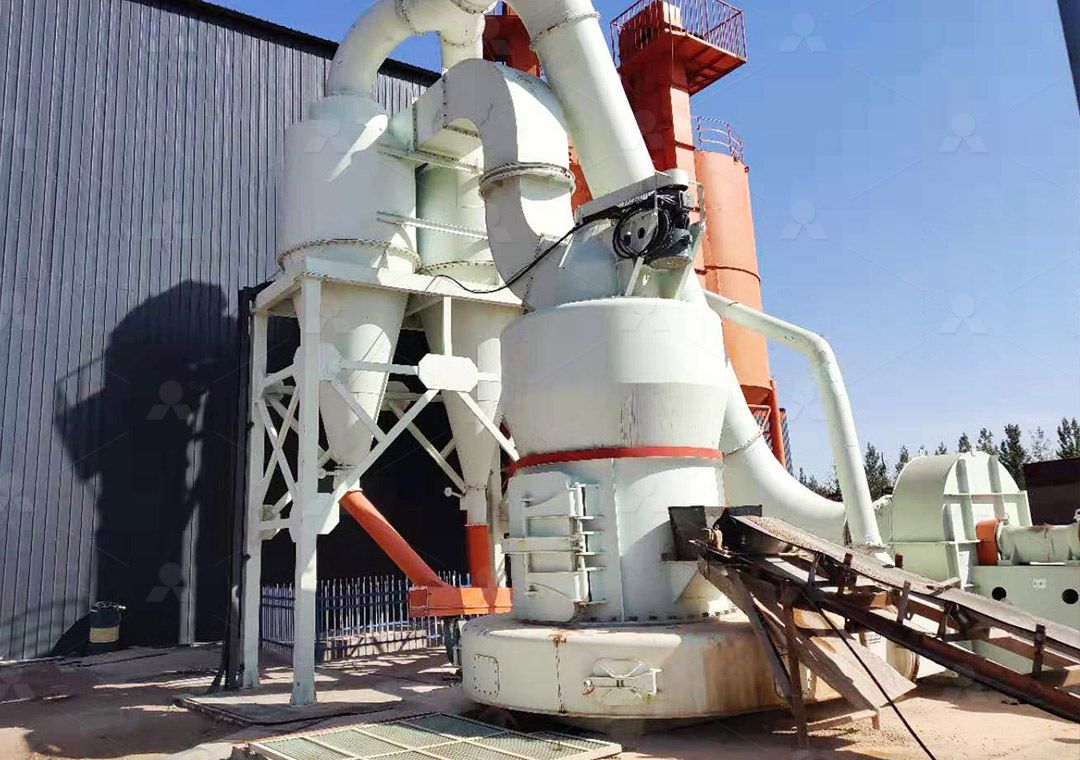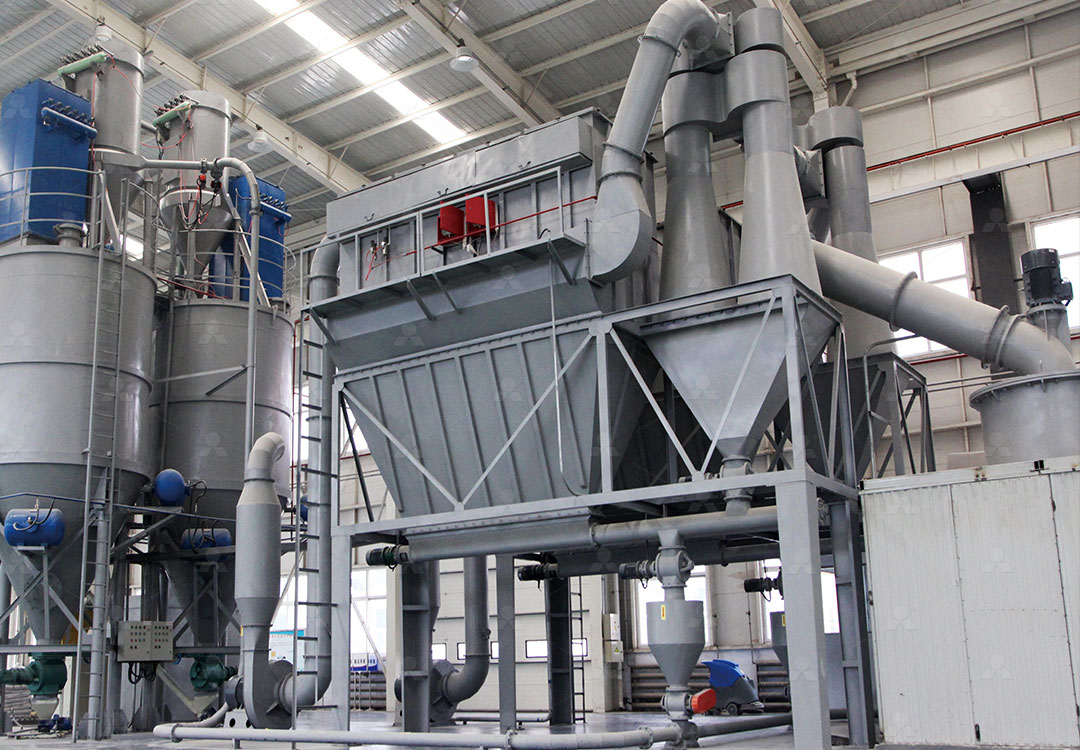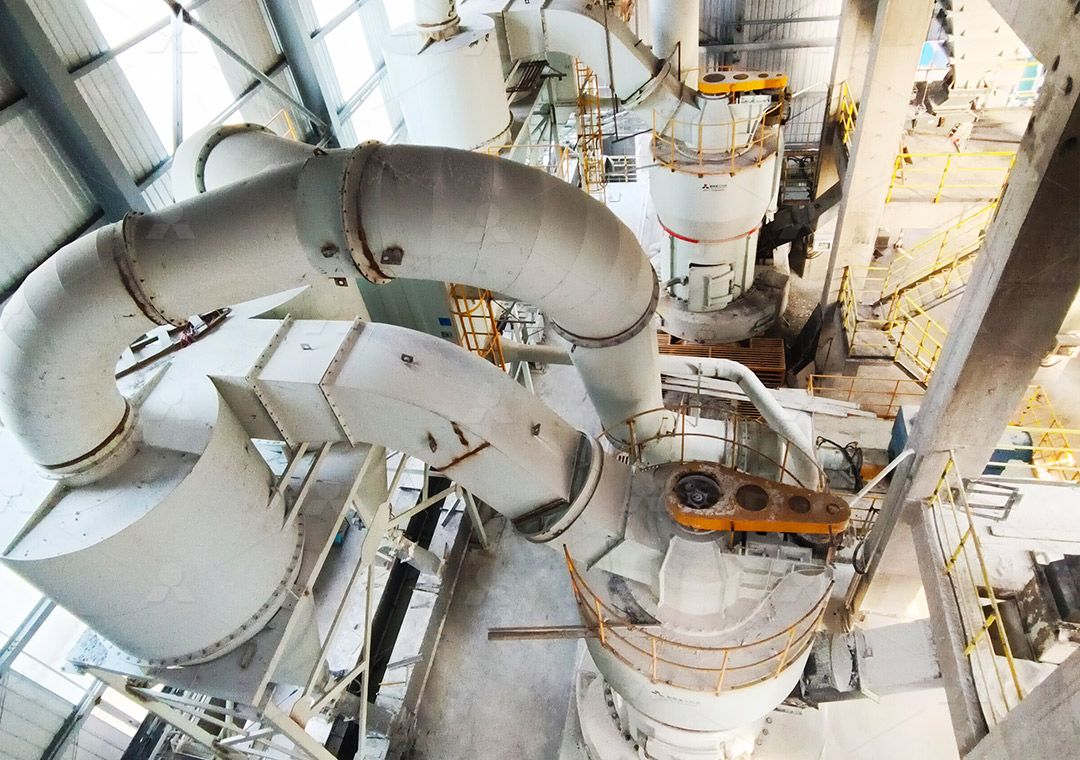Raymond Mill for Iron Ore Processing – Liming Machinery Dandong Raymond Grinder
Raymond Mill for Iron Ore Processing: A Professional Insight
In the realm of mineral processing, the efficient comminution of iron ore is paramount to achieving optimal productivity and cost-effectiveness. The Raymond Mill, a stalwart in grinding technology, has been extensively utilized for processing iron ore due to its robust design and reliable performance. This article delves into the application of Raymond Mills in iron ore processing, highlighting key considerations and technological advancements.

Understanding the Grinding Process for Iron Ore
Iron ore, a critical raw material for steel production, requires fine grinding to liberate iron oxides from gangue minerals. The Raymond Mill operates on the principle of grinding via spring-loaded rollers against a stationary ring. Crushed iron ore, with an input size typically under 25mm, is fed into the grinding chamber. The centrifugal force causes the rollers to swing outward, pressing against the ring and pulverizing the material. The ground powder is then carried by an air stream to a classifier, where fine particles are collected as product, and coarse particles are returned for further grinding. This closed-circuit system ensures efficient particle size reduction, which is crucial for subsequent beneficiation processes like magnetic separation.
Advantages of Using Raymond Mill in Iron Ore Applications
Raymond Mills offer several benefits for iron ore processing. Their compact design reduces the footprint in industrial plants, while low investment and operational costs make them an economical choice. The system’s ability to handle materials with moderate hardness, like iron ore, without excessive wear is a significant advantage. Moreover, the integration of dust collectors and mufflers minimizes environmental impact, aligning with modern eco-friendly standards. However, for operations requiring ultra-fine powders or higher capacities, traditional Raymond Mills may have limitations, prompting the need for more advanced solutions.

Enhancing Efficiency with Advanced Grinding Solutions
While Raymond Mills are effective for standard iron ore grinding, evolving industry demands for finer particle sizes and higher throughput have led to innovations in milling technology. For instance, the MW Ultrafine Grinding Mill from Liming Machinery represents a significant leap forward. Designed for customers needing ultra-fine powder, this machine handles input sizes of 0-20 mm and capacities ranging from 0.5 to 25 tph. It features higher yielding and lower energy consumption, with production capacity up to 40% higher than jet mills and energy usage only 30% of comparable systems. The adjustable fineness between 325-2500 meshes makes it ideal for producing precise iron ore powders for specialized applications. Additionally, its eco-friendly design, with efficient pulse dust collection, ensures minimal environmental disruption—a critical factor in sustainable mining operations.
Another notable option is the LUM Ultrafine Vertical Grinding Mill, which combines advanced roller and powder separating technologies for superior efficiency. With an input size of 0-10 mm and capacity of 5-18 tph, it offers higher yielding rates and better product quality, reducing energy consumption by 30%-50%. Its reversible structure simplifies maintenance, making it a practical choice for continuous iron ore processing lines. Both the MW and LUM models exemplify how Liming Machinery’s commitment to innovation addresses the growing needs of the mining sector.
Key Considerations for Optimal Performance
To maximize the effectiveness of Raymond Mills in iron ore processing, operators should focus on regular maintenance of grinding rollers and rings, monitor feed size consistency, and adjust classifier settings for desired fineness. Incorporating modern control systems can further enhance automation and reliability. It’s also advisable to consult with manufacturers like Liming Machinery for tailored solutions, as their expertise ensures equipment matches specific ore characteristics and production goals.

Frequently Asked Questions (FAQ)
What is the typical capacity of a Raymond Mill for iron ore processing?
Raymond Mills generally handle capacities from 0.6 to 5 tph, depending on the model and ore hardness. For higher demands, consider advanced options like the MW Ultrafine Grinding Mill, which can reach up to 25 tph.
How fine can iron ore be ground with a Raymond Mill?
Traditional Raymond Mills produce powders in the range of 30-325 mesh. For ultra-fine requirements up to 2500 meshes, the MW Ultrafine Grinding Mill is recommended due to its precise powder selection technology.
What are the main maintenance concerns for Raymond Mills in iron ore applications?
Key issues include wear on grinding rollers and rings, which should be inspected regularly. The MW Ultrafine Grinding Mill addresses this with a design that avoids rolling bearings in the chamber, reducing downtime.
Is Raymond Mill environmentally friendly for iron ore processing?
Yes, with integrated dust collectors and mufflers, Raymond Mills minimize pollution. The MW model enhances this with pulse dust removal, ensuring compliance with environmental standards.
